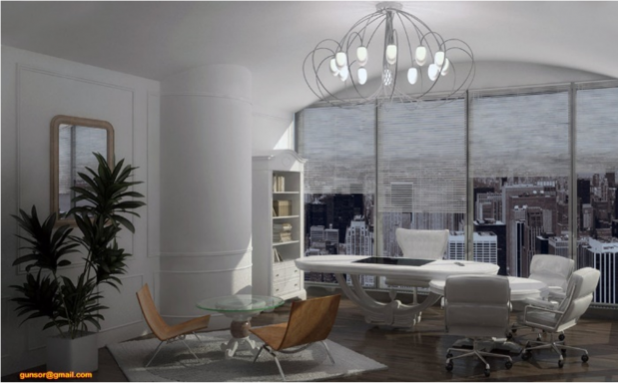
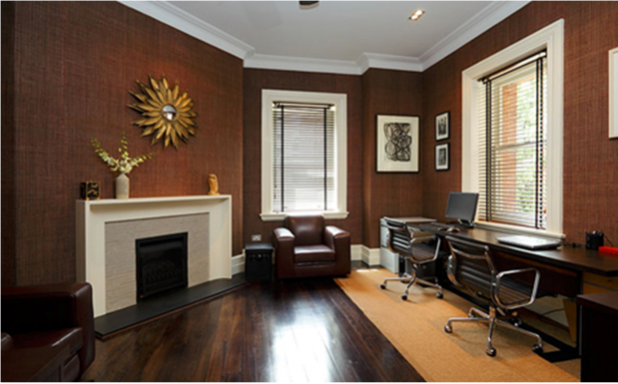
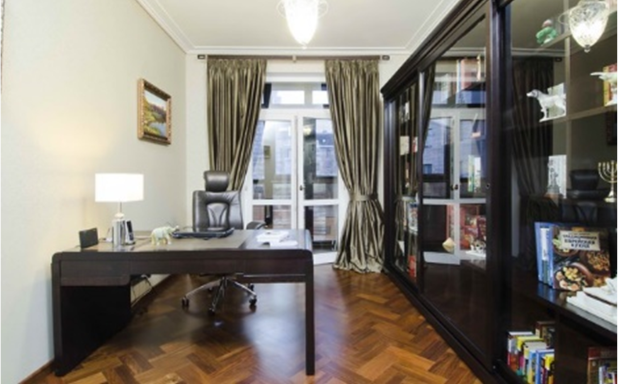
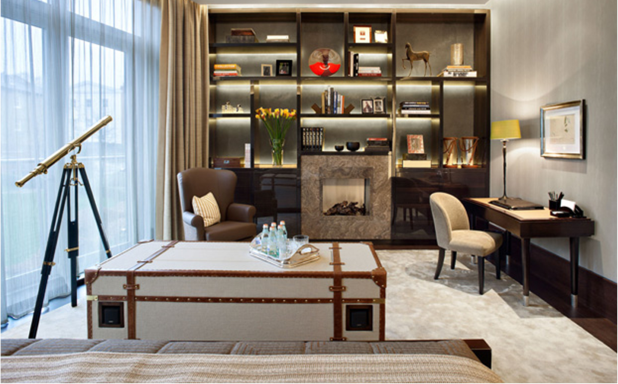
Art Deco
Art Deco style is mainly based on geometric shapes, streamlining and clean lines. The style offered a sharp, cool look of mechanized living utterly at odds with anything that came before.
Art Deco rejected traditional materials of decoration and interior design, opting instead to use more unusual materials such as chrome, glass, stainless steel, shiny fabrics, mirrors, aluminium, lacquer inlaid wook, sharkskin and zebra skin.
Contemporary style
The main features of public spaces:
• asymmetry
• strong geometry
• extensive use of natural light
• open L, T, H or U-shaped indoor space moves to the outdoor space
• flexible furniture layout adapted to the needs
• large windows, often asymmetrical
• one or two themes
• local or recycled building materials
• sustainable, eco-friendly materials such as bamboo flooring and granite
Request
• asymmetry
• strong geometry
• extensive use of natural light
• open L, T, H or U-shaped indoor space moves to the outdoor space
• flexible furniture layout adapted to the needs
• large windows, often asymmetrical
• one or two themes
• local or recycled building materials
• sustainable, eco-friendly materials such as bamboo flooring and granite
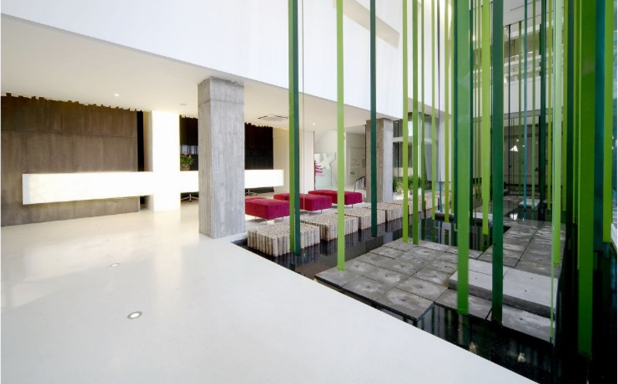
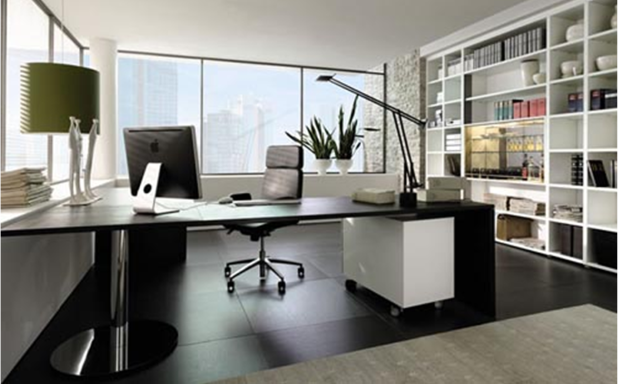
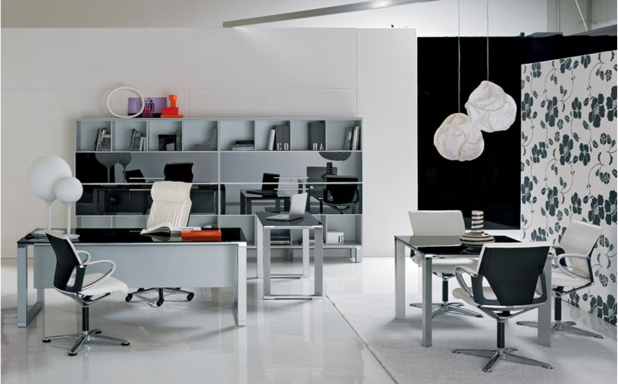
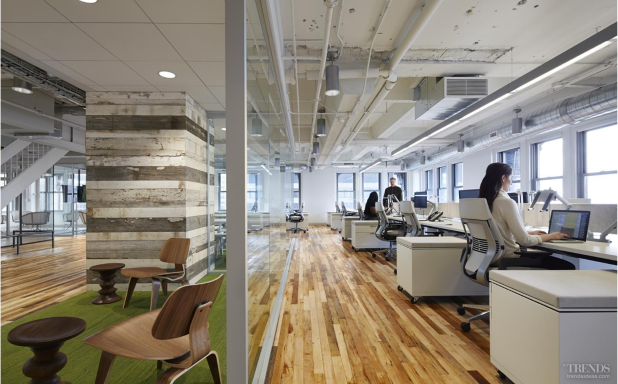
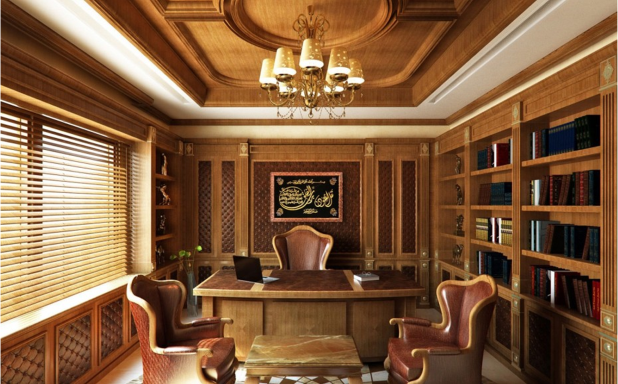
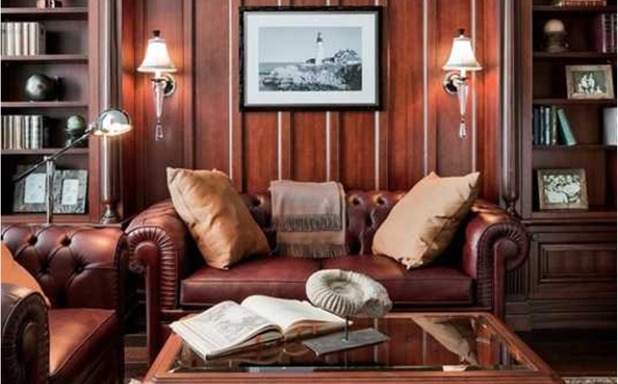
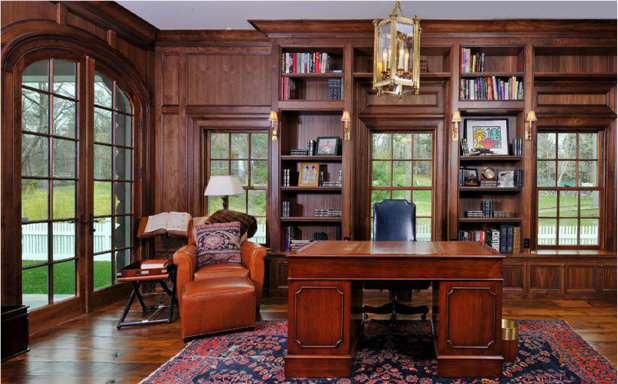
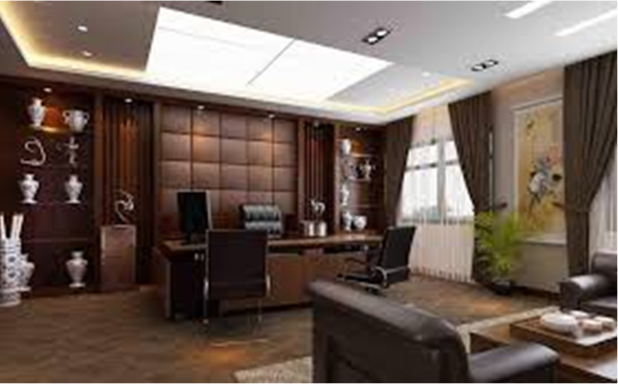
Classic
Classic style furniture bring the timeless, archetypal look of old world charm for an inviting and welcoming office environment. Choose from beautiful wood finishes, such as cherry and oak. Table in L-shaped or U-shaped designs. Such traditional desks offer an expansive workspace with plenty of storage.
Modern
Traditional office spaces tend to be full, both visually and physically. Modern spaces, on the other hand, embrace simplicity in adornment. Modern interiors are clean and fresh, perhaps with a hint or two of color added.
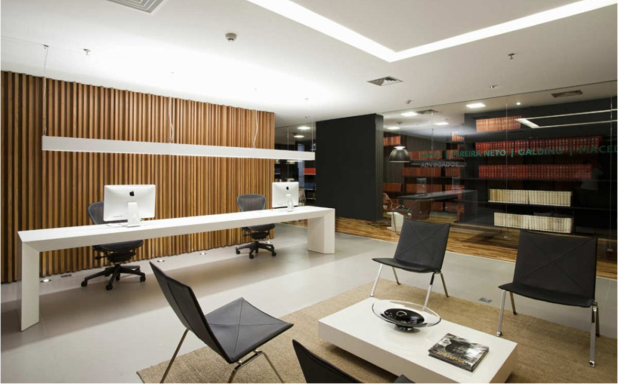
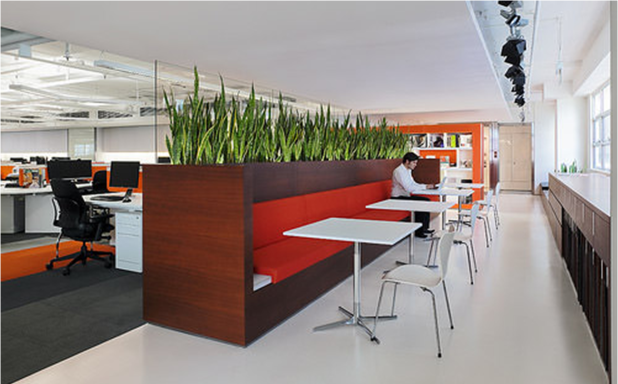
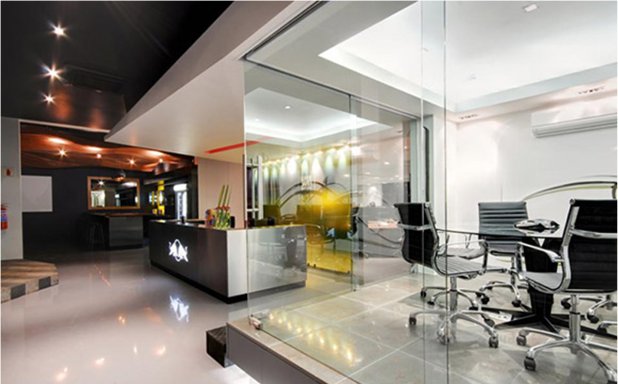
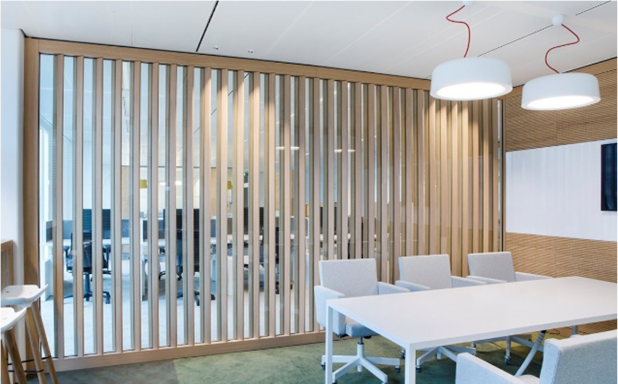
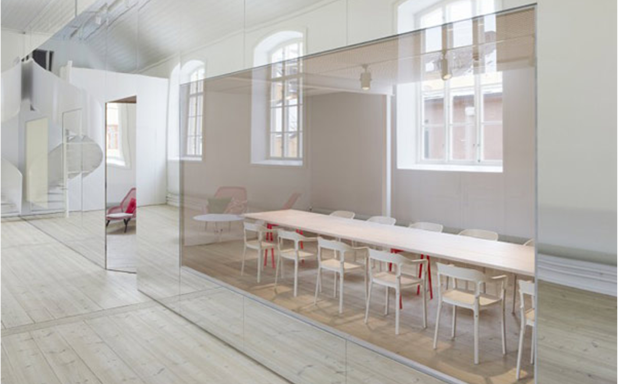
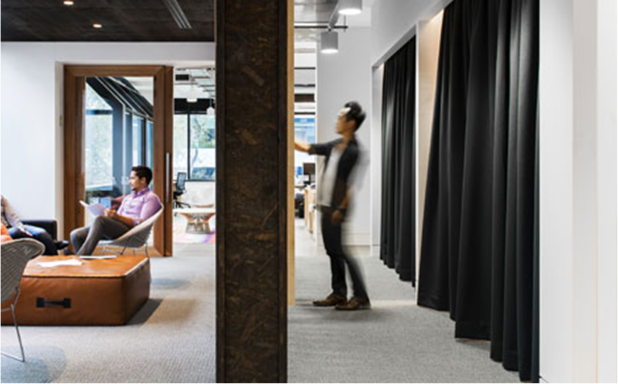
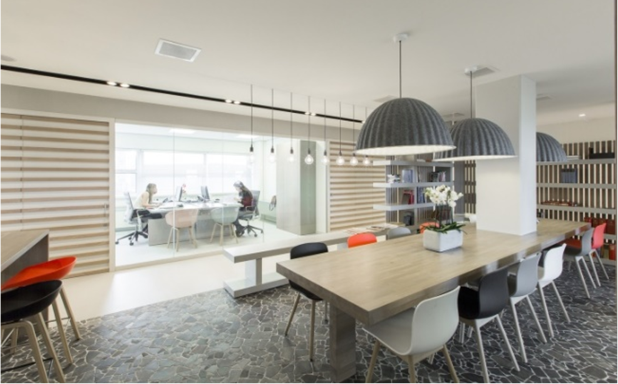
Scandinavian style
The idea that beautiful and functional everyday objects should not only be affordable to the wealthy, but to all, is a core theme in the development of Scandinavian style. The ideological background was the emergence of a particular Scandinavian form of social democracy, as well as the increased availability of new low-cost materials and methods for mass production. Scandinavian design often makes use of form-pressed wood, plastics, anodized or enameled aluminum or pressed steel.













